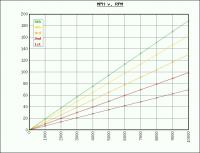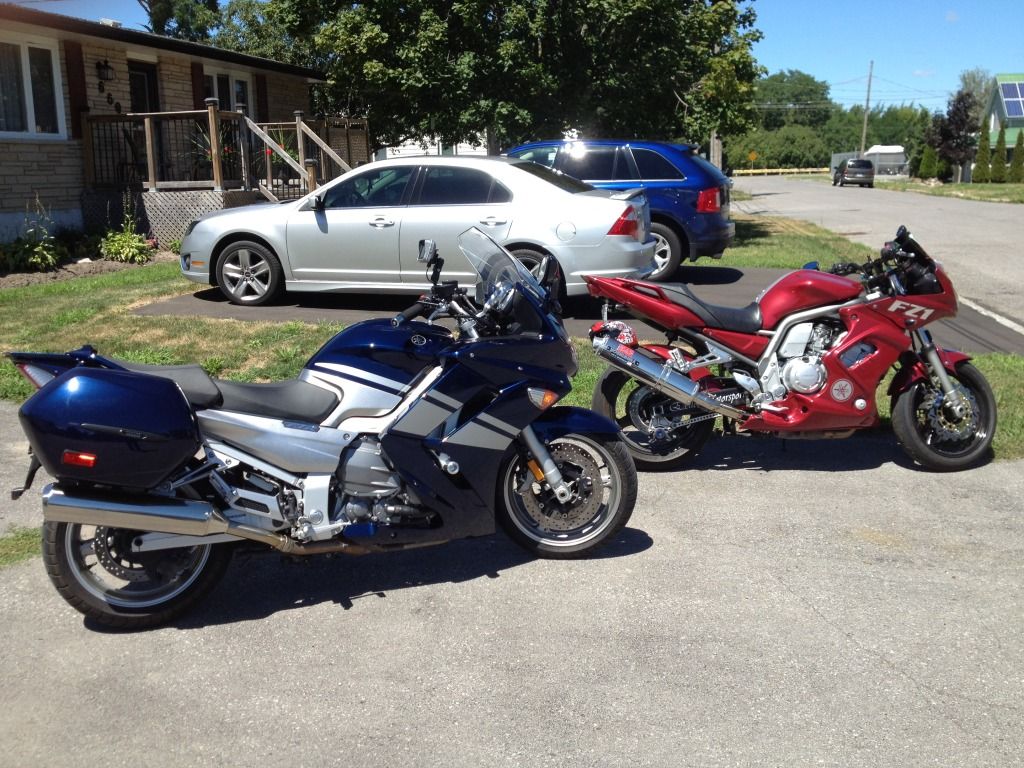canadianfjrowner
Well-known member
There are a number of things you need to check. If you are concerned about a vacuum leak between the throttle body and the head, you will need to use a smoke machine. You may need to ask a reputable repair garage (automotive) and see if they can help you. I own a repair facility and have all tools available. I've worked on many toys (snowmobilees etc.) and continue to be surprised by how poorly these machines are put together. Nothing sounds better than a high revving engine all ballanced out.Darkness fell before I could try the technique.My gut instinct is that you'll find it unbalanced, but I am anxious to her your real observations. Especially if you go through the next step of adjustment and it makes a difference.
Just for reference, my cylinders 2-4 were all relatively close and entirely acceptable, my number 1 cylinder was down quite a bit (this on a Morgan CarbTune). No amount of dicking with the hose on the fitting made any difference at all.
The only way I could get it to rise to even close to the other levels was to completely close the air screw. Obviously, something is haywire. Could be a couple of things I want to check first. I backed it back out 3/4's of a turn to put it back where it was and then buttoned it up for the night (and went for a short ride). Bike feels the same. Go figger
Now it could be that the number 1 cylinder throttle plate is out of sync. But I want to eliminate the possibility of any vacuum leaks on that cylinder between the throttle body and the head first, simply because I don't want to be correcting the a vacuum leak with the throttle plate adjustment. I'll get that done tomorrow night and report back.
Good luck


































































